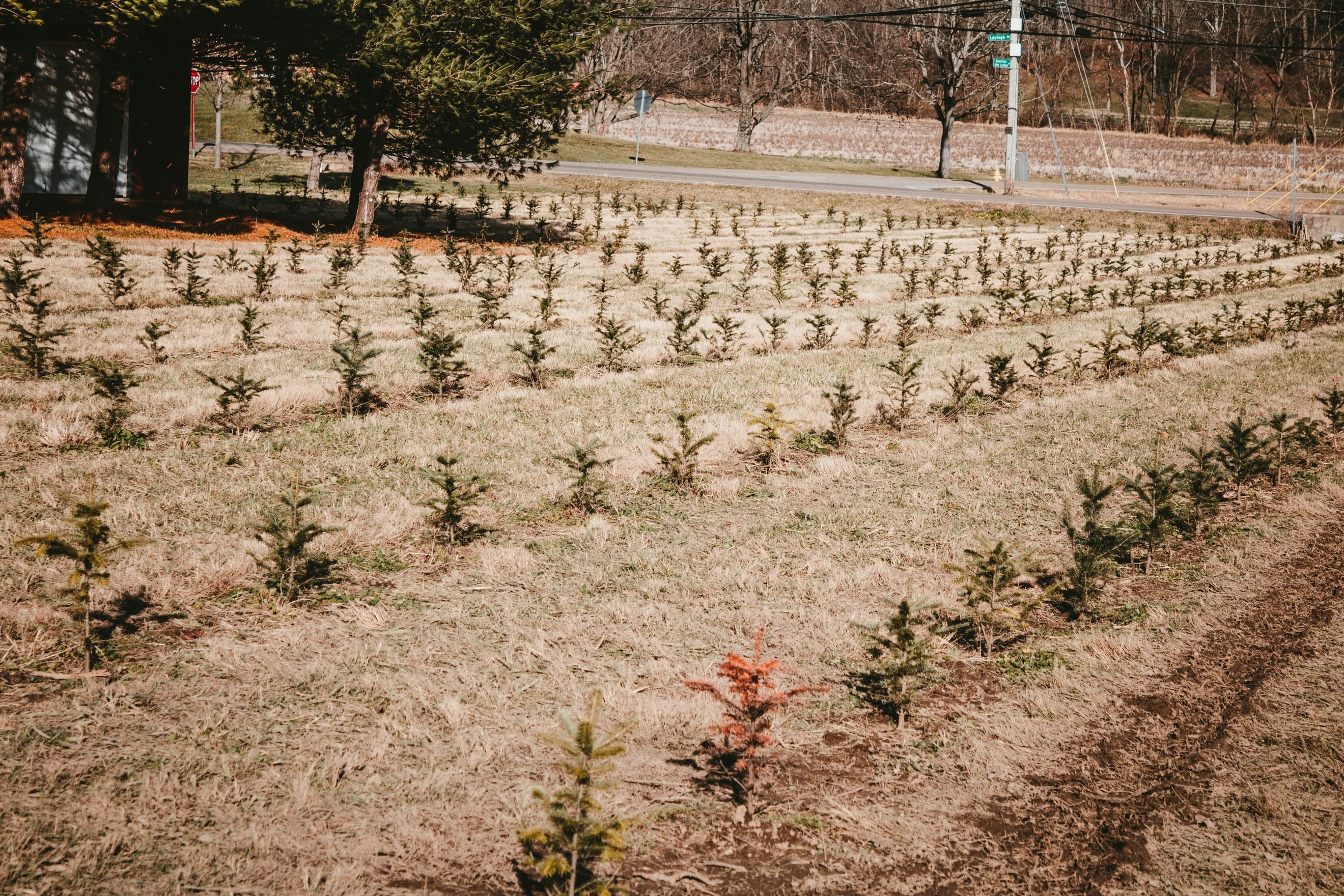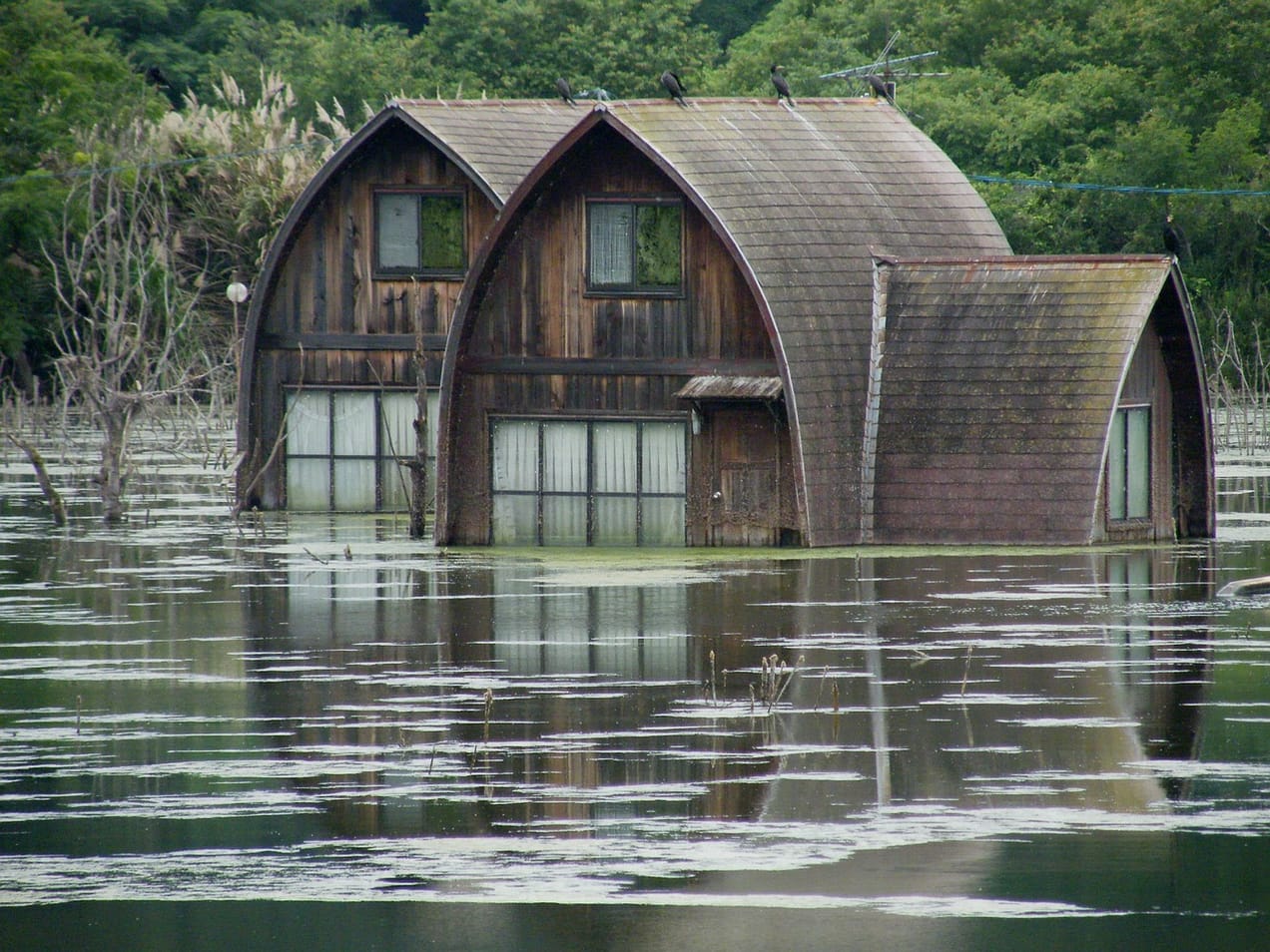
The limits of sequestration
Farmland, and in particular its soil, has the potential to store large amounts of carbon to varying degrees depending on the type of land. The 3,378 hectare Jigsaw Farms, comprising lush pastures, gum tree plantations, wildlife corridors and wetlands about near the town of Hamilton in Victoria Australia made use of that potential, becoming carbon-neutral in the early 2010s.
However The Guardian highlighted a recent report (which is under peer review) showing that Jigsaw Farms has been emitting more greenhouse gases than it is capable of sequestering since about 2017.
This story highlights a couple of issues to think about with carbon sequestration projects, particularly where there are credits attached to them that are then used for offsetting. Firstly, there is a limit to the amount of carbon that can be stored and that limit is a theoretical one. In the case of Jigsaw Farms, they initially planted hundreds of thousands of trees and switched to perennial grasses, but with the trees having matured they will be absorbing less CO2 every year and the soil is now so carbon rich it can't sequester any additional CO2 either. The second issue is permanence. In the case of soil carbon, there is a trade-off for farmers of plant agricultural products between permanence of carbon sequestering with associated income derived from carbon credits and fertility with the ultimate improvements in crop productivity. We discussed this point in this blog 👉🏾 https://www.thesustainableinvestor.org.uk/do-soil-carbon-sucking-projects-deserve-the-credit-they-get/
Separately the Council and European Parliament negotiators reached a provisional political agreement on a regulation to establish the first EU-level certification framework for permanent carbon removals, carbon farming and carbon storage in products. The agreement still needs formal adoption by both institutions and will be voluntary. The intention is that it helps to speed up the deployment of high-quality carbon removal and soil emission reduction activities in the EU.
The agreement will differentiate between permanent carbon removal (storing atmospheric or biogenic carbon for several centuries), temporary carbon storage in long-lasting products (such as wood-based construction products) for 35+ years that can be monitored on-site during the entire monitoring period, temporary carbon storage from carbon farming (e.g. restoring forests and soil, wetland management, seagrass meadows) and soil emission reduction (from carbon farming) which includes carbon and nitrous oxide reductions from soil management.
The last point about soil remission reduction is an area where what we grow and how we grow it could have big impacts. We previously discussed that in this blog 👉🏾 https://www.thesustainableinvestor.org.uk/perspective-what-can-investors-do-to-improve-our-soils/
This article featured in What Caught Our Eye, a weekly email featuring stories we found particularly interesting during the week and why. We also give our lateral thought on each one. What Caught our Eye is available to read in full by members.
If you are not a member yet, you can read What Caught Our Eye when it comes out direct in your email inbox plus all of our blogs in full...

Click this link to register 👉🏾 https://www.thesustainableinvestor.org.uk/register/

Please read: important legal stuff.

